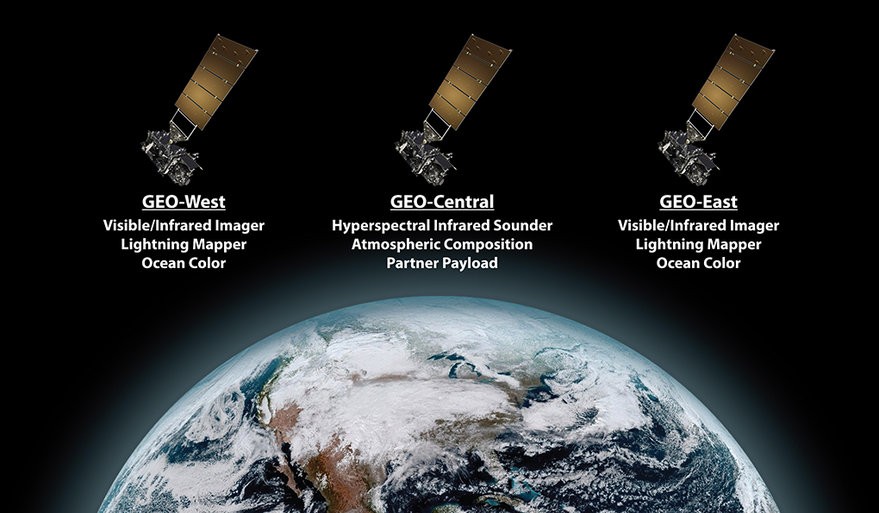WASHINGTON — Congress has passed a final fiscal year 2024 spending bill that provides, in some cases, significantly less funding than requested for civil space programs.
The Senate passed a spending bill March 8 that combined six separate spending bills, including those for commerce, justice and science (CJS) and transportation. The House passed the bill two days earlier, and the Senate passage came hours before a continuing resolution funding those parts of the government was set to expire.
The bill was unchanged from what House and Senate appropriators released March 3. It provides NASA with $24.875 billion for 2024, 8.5% below its original request and 2% lower, even before adjusting for inflation, from what NASA received in 2023.
Other civil space programs in the bill had mixed outcomes. Two ongoing weather satellite efforts at the National Oceanic and Atmosphere Administration, the GOES-R geostationary program and the Polar Weather Satellites program, received their full request of $276 million and $342.4 million, respectively.
The GOES-R program is nearing the launch of its fourth and final satellite, GOES-U, scheduled for no earlier than May on a Falcon Heavy. The Polar Weather Satellite funding will support continued work on the third and fourth Joint Polar Satellite System (JPSS) series of satellites, scheduled for launch late this decade and in the early 2030s.
However, the bill reduces funding for follow-on weather satellite programs in low and geostationary orbits. It provides $285 million for the GeoXO line of next-generation GEO weather satellites, less than the request of $417.4 million and the same the program received in 2023.
For LEO weather satellites, a program also known as Near Earth Orbit Network (NEON), the bill provides $78.5 million, less than the $133.6 million requested and the $96.4 million received in 2023. NOAA sought the increase to support work on a pathfinder mission called QuickSounder.
In space…
Read the full article here

